A Goby is any number of different fish species in the taxonomic order Gobiiformes. Researchers recognize at least 1,875 different species and classify them into eight different families.
These fish come in many different shapes and sizes, and live in a wide variety of different habitats. However, the vast majority of species live their lives on the bottom, also known as benthic behavior. Read on to learn about the Goby.
Description of the Goby
Though a wide variety of different species exist in many shapes and sizes, most members of this group do not grow very large. The largest of the various species reaches up to 24 in. long at its largest, while the smallest species reach less than an inch in length. You can generally recognize a member of this group by its small size and the presence of two dorsal fins.
Interesting Facts About the Goby
Different species have different unique traits and adaptations. Learn more about a few specific species, below.
- brevipinguis – This species, which bears no common name, has an interesting accolade to its name. Researchers recognize it as one of the smallest known vertebrates in the world at just 7.7 mm on average. Scientists first officially described this species in 2004.
- Violet Goby – Brightly colored as its name suggests, this species often goes by the name Dragon Fish as well. This species is one of the few Gobiiformes that lives in both fresh and saltwater. Additionally, it reaches the longest length of any species in this group at a maximum of two feet long.
- Round Goby – You can find this common species throughout many coastal regions in Europe. However, humans accidentally introduced this species to the Great Lakes in North America. This occurred when ships accidentally released the fish with their ballast water from their “home” port.
- Giant Mudskipper – This species lives in the western Pacific Ocean and the eastern Indian Ocean. It reaches nearly one foot in length, but is best known for its ability to survive out of the water. Like all mudskippers, this species wiggles safely between ponds as long as it keeps its skin from drying out.
Habitat of the Goby
As a group, these fish have a tendency to survive well in habitats where other fish perish. You can find them in a wide variety of different ecosystems for this reason.
A handful of species can even survive in freshwater habitats, though most live in marine habitats. Some live in frigid subarctic waters while others inhabit tropical coral reefs. Many species also burrow or utilize the burrows of other animals.
Distribution of the Goby
You can find various species across the globe. While most live in saltwater habitats, some also live inland in freshwater lakes, streams, ponds, or rivers. This means that you can find them in all of the various oceans, but also in many continents as well. However, the greatest species diversity occurs in tropical and subtropical regions, particularly in the Indo-Pacific.
Diet of the Goby
All of the various species have different dietary preferences. They have carnivorous or omnivorous feeding habits, with some eating primarily other animals and others feeding on both plants/algae and small creatures.
Their prey varies based on their size. Smaller species feed primarily on plankton and microorganisms. Larger species can hunt for larger prey, like shrimp, crabs, worms, small fish, and more. They feed on just about anything that they can easily catch.
Goby and Human Interaction
Some people hunt certain species in this group as a food source. Others keep them as pets in their home aquariums. This activity impacts different species to varying degrees. Typically, habitat destruction and global climate change cause the greatest damage to species. This damage pushes some species to the brink of extinction, while others have stronger populations with larger numbers.
Domestication
Humans have not domesticated any of the various species in this group.
Does the Goby Make a Good Pet
Some species do make good pets. However, you should never purchase or keep an animal captured from the wild. This can deplete their natural populations and it can put your other fish in danger of illness. Consequently, fish released from aquariums can also damage the local environment, and you should never release any pet into the wild.
Goby Care
People keep several different species in this group in aquariums. Their care varies drastically depending on the species. Some species live in freshwater habitats, others in saltwater, and their tanks must reflect their natural ecosystems. They should also live in water with similar pH and temperature to their natural range.
Behavior of the Goby
The behavior of these fish varies drastically based on the species at hand. However, most spend their lives on the bottom of the ocean, river, lake, or stream they live on.
In many species, each fish protects its territory aggressively. Typically, males tolerate females entering their territory more than they do males. They use pheromones to identify potential intruders and/or mates.
Reproduction of the Goby
Though each species is different, the breeding season usually begins with males building nests in their territories. In some species, the pair guards their territory aggressively. Other species have promiscuous breeding habits, and the female lays her eggs in the nests of many males.
Females of different species lay different sized clutches, with some laying several hundred eggs. The male fertilizes the eggs, and often guards the nest as well. In some species, the male continues to guard the young for a short period as well.

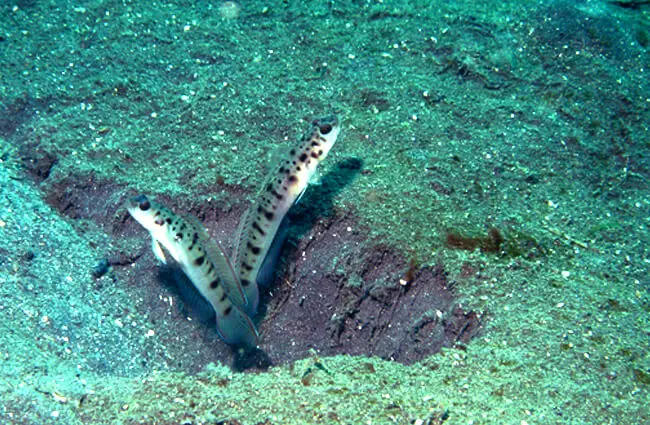
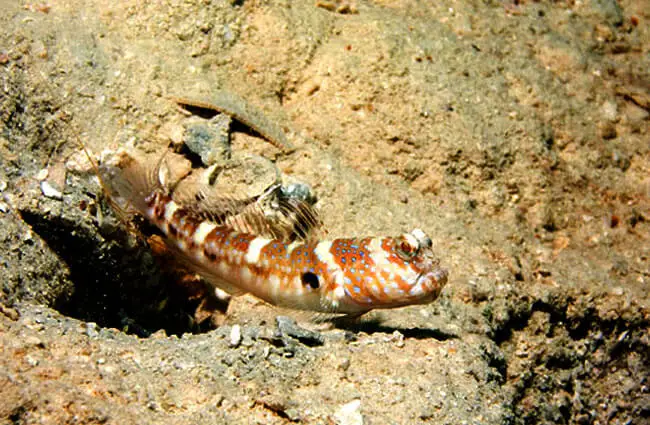
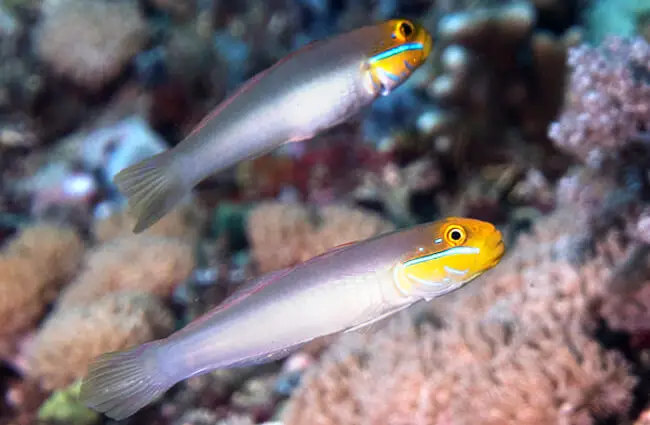
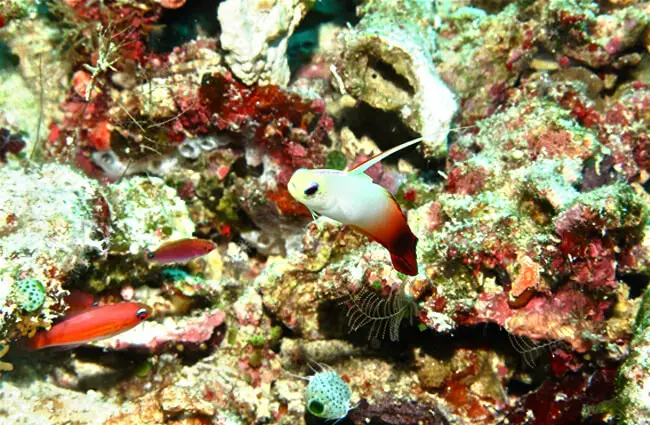
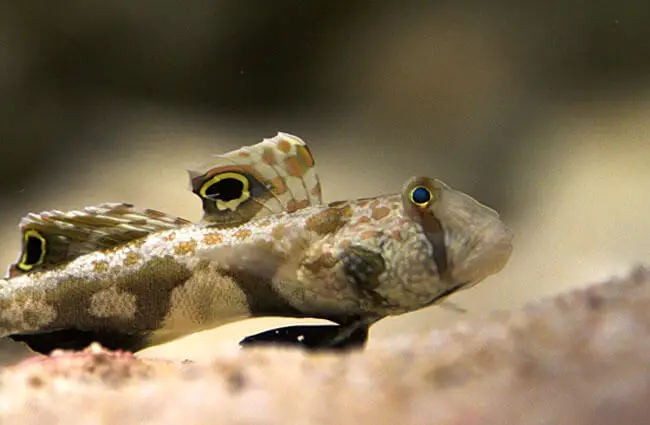
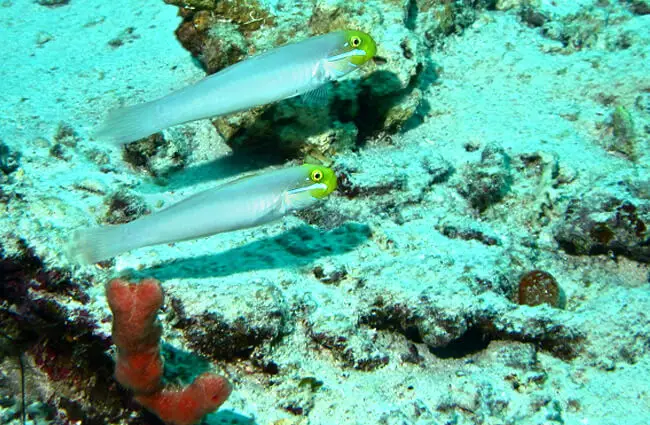
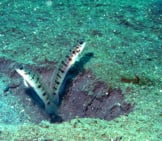
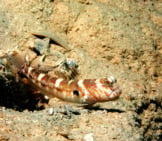
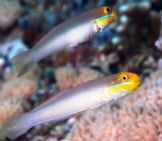
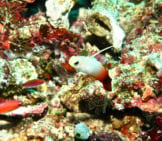


![Red Angus Closeup of a beautiful Red Angus cowPhoto by: U.S. Department of Agriculture [pubic domain]https://creativecommons.org/licenses/by/2.0/](https://animals.net/wp-content/uploads/2020/03/Red-Angus-4-238x178.jpg)
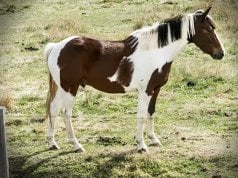
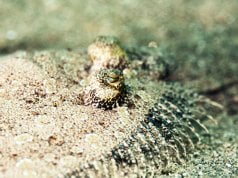
![Red Angus Closeup of a beautiful Red Angus cowPhoto by: U.S. Department of Agriculture [pubic domain]https://creativecommons.org/licenses/by/2.0/](https://animals.net/wp-content/uploads/2020/03/Red-Angus-4-100x75.jpg)

